By Jane Barthelemy.
So, is coffee Paleo? Well, the correct answer is NO. Even wishful thinking won’t put it in the Paleo era. The bullet-proof truth is that coffee was first cultivated in Ethiopia c. 900 years after Christ, roughly 10,000 years after the Paleo period. One of today’s most profitable and addictive habits, coffee was actually banned in Mecca in the 1500’s as intoxicating and inciting radical thinking! But royal intervention changed all that, and soon coffee spread throughout the Arab world, arriving in Europe in the early 1600’s. Coffee houses sprang up in Venice, Paris, and soon the whole world was caught up in the coffee vibe. I like coffee too, but I don’t need a nutritionally empty stimulant to get going. My body prefers a level metabolism and balanced nutrition. My favorite morning brew is chicory-dandelion. It’s delicious! Scroll down to view the recipe.
Go ahead and enjoy your cup of Joe. Just don’t kid yourself into thinking it’s Paleo. If you’re not convinced, let’s take a journey back in time to find the birth of coffee. Whoosh! Landing in Africa, the birthplace of humanity 2 million years ago. Looking around. Do you see any cavemen drinking coffee? No? OK, fast forward to 10,000 years ago in the Middle East – pre-biblical times, just after the Paleo period ended. What’s going on? We see people planting early grains like barley, millet, spelt, and emmer wheat. Do you see any coffee? No? Well, where’s the coffee? One more try. Here we go! Let’s check out Ethiopia 900 years after Christ. Bingo! The birth of coffee.
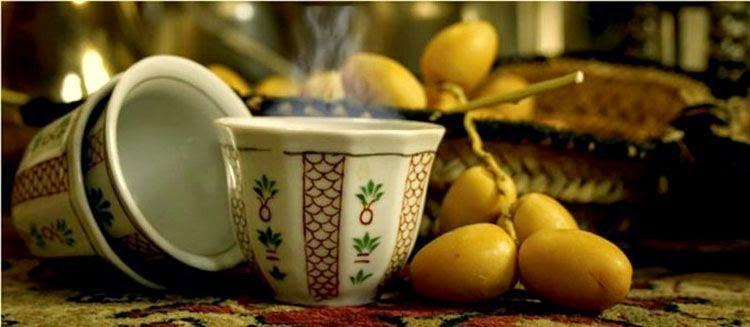
Legend tells us that around 900 CE, a bushy tree grew wild in the region of Kaffa, Ethiopia, where coffee derives its name. A goat herder named Kaldi noticed his goats behaving in a strange manner. They were full of energy, jumping, playfully chasing each other and bleating loudly. He noticed they were eating red berries from a bush nearby. Feeling tired and slightly curious, Kaldi decided to try some of the berries. To his delight his fatigue faded immediately into a fresh burst of energy.
Coffee wasn’t used as a beverage for centuries. Instead, coffee beans were made into rustic “energy balls” for soldiers. Muslim warriors mixed ground coffee with ghee and sugar into sticky sweet balls to eat on the road. What a diet! With this intense food, they earned a reputation as terrifyingly fierce and invincible in battle. Muslim warriors were feared everywhere for their aggression and stamina. Europeans hid their valuables, especially their women, to escape rape and plunder. I wonder, could the entire expansion of the Arab world in the Middle ages across Africa into Europe have been fueled by those coffee “energy balls”? Hah! An interesting question! These balls are still a tradition today with the Galla tribe in Ethiopia, who regularly consume them, made by mixing animal fat and macerated coffee beans. Sounds like a terrifyingly crunchy, sticky, brown popcorn ball with a super-energizing kick!
Coffee as a beverage was totally unknown until 10th century Arabia, where it was served with salt, ghee, and spices. Coffeehouses sprang up, where men gathered to share coffee and ideas. The oldest known documents describing the beverage by two Arabian philosophers, Rhazes (850-922 CE) and Avicenna (980-1037 CE), refer to a drink called bunchum, meaning berry. It became wildly popular, and the nutritional benefits of coffee were believed to be so great that it was considered as important as bread and water. A wife could file for divorce if her husband refused to give her coffee! Arabs guarded their plantations and forbade foreigners from visiting. However in 1606, the Dutch managed to smuggle a few beans to grow in the colonies. In 1669 the Turkish ambassador to King Louis IV made coffee a sensation by hosting lavish parties for the French nobility. I wonder – could it have been Europe’s growing coffee and sugar addictions that drove the entire New World expansion to the colonies?
Oh, I love history. But the question on the table today: Is coffee Paleo? Well, the answer is emphatically NO. It’s impossible. And that’s the bullet-proof truth. The original ancestral diet, the Paleolithic hunt-and-gather diet, did not include coffee.
I don’t drink coffee because of its addictive and stimulant qualities, which work by constricting the blood vessels. Coffee gives me a huge shot of energy in the short run – Oh, I can be truly brilliant on coffee! But a few hours later or a day after I feel even more tired and slightly off balance, so it is a net LOSS of energy. NOT good. Ancient Chinese medicine says that coffee causes accelerated aging and reduced libido in both men and women. That’s because it slowly uses up the original kidney Qi, or stored energy resource in the body. I used to live on coffee, so I know the ups and downs. However gradually I have been forced to eliminate all addictive foods and balance my metabolism, in order to be healthy. An occasional cup of coffee won’t hurt you, but a daily habit will damage your health. Nowadays when I need an energy lift, I use exercise. What a concept! For a full description of what coffee does to your metabolism, see my article Are You Addicted to Coffee?.
My Paleo Coffee tastes just like the original, however it won’t compromise your health. I promise, my Paleo Coffee is super-yummy. It will enrich your morning ritual without any caffeine. Think about it. Best wishes for your delicious health!
Ingredients
- 1 tablespoon roasted chicory root granules
- 1 tablespoon roasted dandelion root granules
- (Find online from MountainRoseHerbs.com or buy Frontier brand at Amazon.com.)
- 4 cups boiling filtered water
Instructions
- Place the granules in a French press or tea strainer. Pour boiling water through it. Cover and let steep for 2-5 minutes.
- Press the plunger or remove strainer. Enjoy!
“If it wasn’t for the coffee, I’d have no identifiable personality whatsoever.”
David Letterman

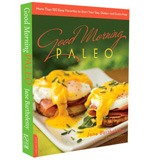
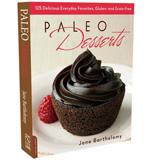

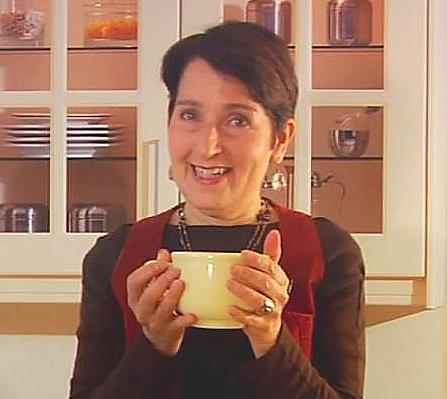
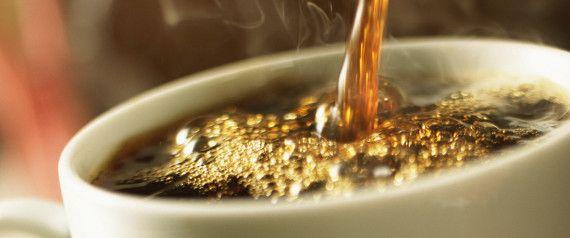
No Replies to "Is Coffee Paleo?"